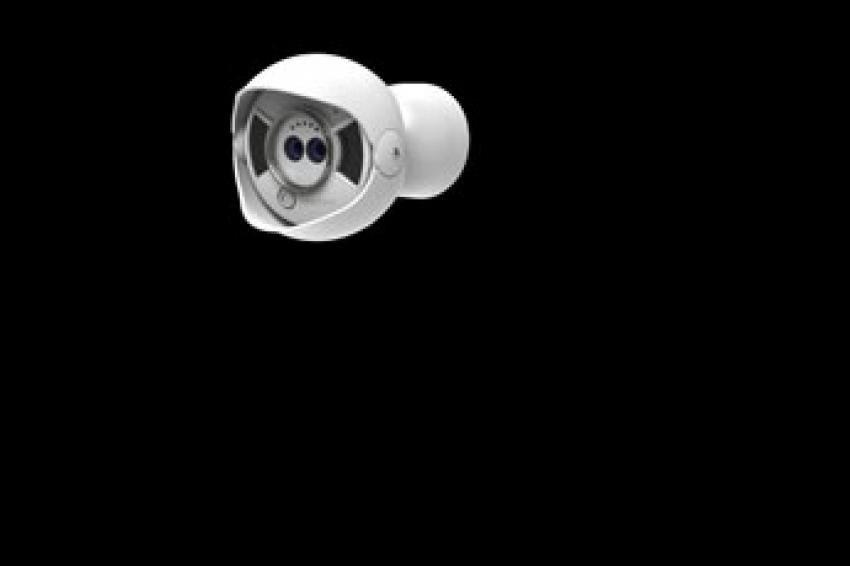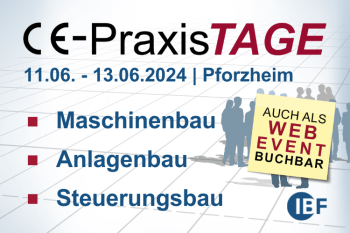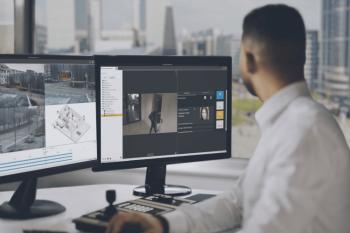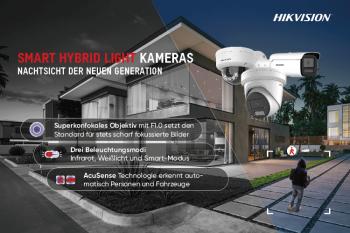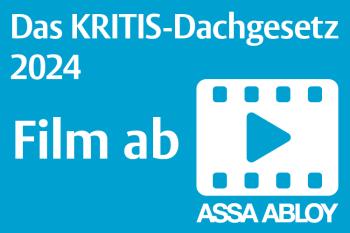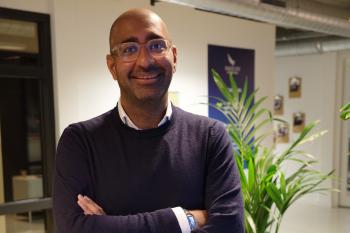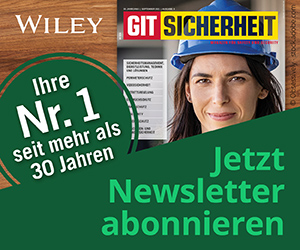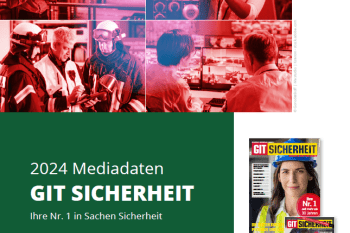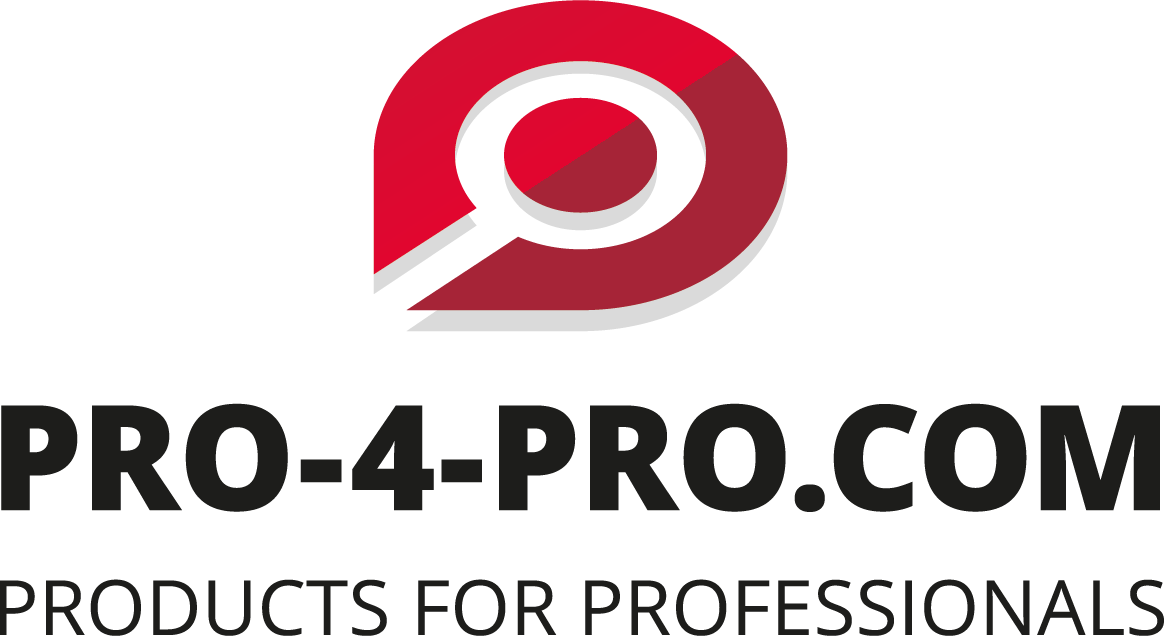A New Type of Camera with a PC CPU
CCTV: The Camera-PC
Eyewatch, a company belonging to the Deister Electronic Group, had a truly good idea for a new product and, with it, blurred the distinction between previously separate technologies. The motivation to develop it was the realization that conventional cameras and video systems create enormous amounts of image material in a short time. If this could be pre-sorted, ignoring all the uninteresting stuff, there would be great savings in storage capacity and therefore also investment.
Even intelligent video systems nearly always require a central server solution. They therefore also need a significant amount of additional infrastructure and are costly and maintenance intensive. The company was founded with the main aim of overcoming these obstacles, and it all began with the development of an IP-based, all-in-one camera that used real standard IT technology. The product definition required that it should be intelligent, be able to load software for behavior and pattern recognition, to take its own decisions and always record in the highest possible resolution. The product family was born out of exactly this idea.
Eyetwo is the name of the family of network cameras. A few important features for the speed-reader up front: it is equipped with two high-resolution 5 megapixel image sensors and can be used either inside or outside without restriction. The IP65 protection rating and the absence of moving mechanical components such as a shutter and motors make the system extremely robust. The camera has two adjustable eyelids as additional protection against sun and other environmental factors. But the most unusual fact is that it uses powerful and power-saving CPUs like those used by mobile devices!
A ‚Clever‘ Camera
A purpose-built FPGA solution carries out the processor-draining tasks of image improvement, picture sharpening or lens correction. This ensures that the camera CPU is not loaded down with these jobs as well. It then has enough reserves to run additional applications and to record in maximum quality.
The required bandwidth and memory can be significantly reduced thanks to the H.264 compression that is also integrated into the FPGA. The integrated infrared LED projector provides optimum lighting for up to 25 meters and has minimal power consumption (as it adapts to the ambient light and synchronized with the image sensors). This allows the 5 megapixel sensors mentioned above to deliver an optimal picture in color and black and white. The image improvement and processing happens in the FPGA, a powerful additional chip with lens and pixel correction, a scaler and more.
Apps and Other Features
The Eyetwo camera is a so-called smart or edge camera that can operate independently of a server, is decentral and can be given additional functionality at any time by software. Apps for function, pattern and behavior recognition, for example, can be loaded into the camera and run and then provide a variety of applications for the platform. And the icing on the cake for every programmer is that any program can be integrated into the camera because it is equipped with x86 architecture, including an Intel Atom CPU and Linux operating system. That means that it has the performance of a real PC!
The Streams
Many visitors to the Security exhibition in Essen were interested in the multiple video streams. The FPGA solution developed by Eyewatch can create up to three independent streams that are each optimized for their particular application. The Analysis stream provides image material specially prepared for video analysis and ensures that objects can be reliably recognized by the installed video analysis software.
The Live stream, just as with many other cameras, is also used for image presentation and recording. It delivers FPGA-coded H.264 streams in the highest quality and definition. The Alarm stream on the other hand can independently record image sequences with metadata, together with pre and post alarm pictures, at up to full 5 megapixel resolution. This makes forensic evaluation of events possible in the highest quality.
Sound is also not neglected: the integrated microphone and loudspeaker allow the Eyetwo camera to be used as a telephone, an intercom, an announcement unit and monitoring device. The camera can therefore supplement a separate door entry system and, under certain circumstances, even replace it.
Platform for Complex Analysis Software
The Eyetwo PXA-270 network camera is the base model and the ATX-510 the most powerful version in the product range. It too has two 5 megapixel image sensors (color/b&w), but also the already mentioned extremely powerful Intel Atom CPU that, apart from performing all standard video surveillance tasks, also provides a platform for more complex analysis software.
Thanks to the processing power of the camera and its x86 compatibility, software for pattern and behavior recognition that was originally developed for server-based analysis can be adapted to the platform without a problem and then run directly in the camera.
This flexibility and openness provides the ability to access all the high-value algorithms that already exist for PC systems or are still being developed. Future progress made in this promising field can be integrated into the camera. Eyewatch states that it already works together with some leading software manufacturers and is also open to jointly develop and market the resultant products of other interested providers.
Further details about the installation, the operation, the special ‚eyelids‘ or about the hardware twisting protection from an orientation sensor can be discussed with the CEO of Eyewatch, Thomas Blum. But the real question you have to ask him is: do you refer to this as a ‚PC-camera‘ or a ‚camera-PC‘?
Kontakt
deister electronic GmbH - Archiv
Hermann-Bahlsen-Str. 11-13
30890 Barsinghausen
Deutschland
+49 5105 516 111
+49 5105 516 217

